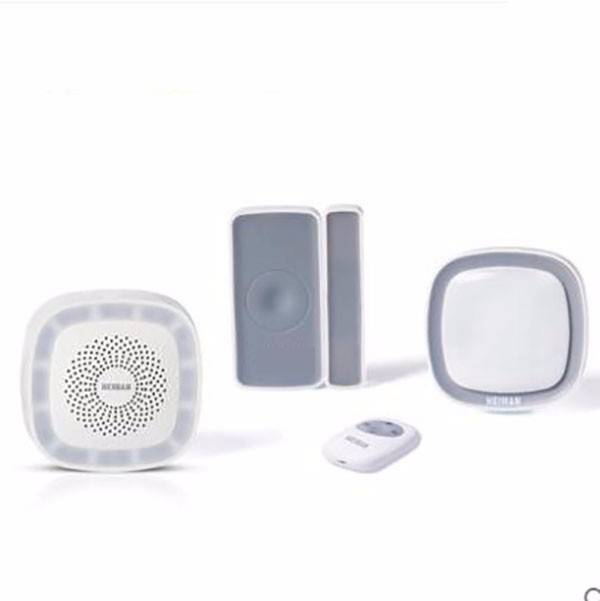
Among the technical characteristics that are regularly put forward by alarm dealers, frequencies are a recurring argument.
In order to better understand the ins and outs of the transmission frequencies between the alarms and their peripherals, here is a short summary of the main radio frequencies used:
433 Mhz for wireless controls
433 MHz, this frequency is called free. Most wireless controls use it: remote control for garage door, roller shutter, light switch, wireless headset, TV remote control etc.
Due to its very common use, this frequency can suffer from congestion, i.e. interference and disturbances. However, the equipment transmitting on this frequency is limited in its transmission power and in fact there is no more reason for your alarm to be disturbed than your television or any other remote-controllable equipment.
One exception, however, is amateur radio. They use this frequency with powerful transmitters. Their emissions are able to disturb all the remote-controllable elements on the 433 MHz band. The number of French radio amateurs is however discretionary and most do not spend their days connected to their machines. If a cibiste were to interfere on the frequency of your alarm you would be warned well before by dysfunctions of the whole of the remote-controlled equipment of your residence. Apart from this case, which can be described as extremely rare, the 433 MHz transmitter and receiver therefore remains both effective and appropriate for the transmission of information.
This frequency has the advantage of offering an interesting range and a good penetration in buildings, in comparison with the band 868 Mhz whose signal attenuation is more important.
868 Mhz for alarms and security accessories
867.6 Mhz is strictly regulated and is dedicated to security equipment, i.e. alarm systems and their peripherals.
This frequency range, due to its height, offers a more attenuated signal than the 433 MHz band. The waves thus theoretically have a less good range because less penetration through buildings but this limitation is compensated by better antennas. The Effective Radiated Power (ERP) of a 433 MHz antenna is at most 10 mW. For an 868 MHz antenna the PAR can reach 500 mW. This amplification difference largely compensates for the native signal weakness.
Encryption security: One of the essential points of the radio communication of the alarm centres with their peripherals is the security of the transmitted data. To do this, the control panels use encryption to prevent hacking.
In a wireless alarm system, information is transmitted over several narrow bands and not on a single frequency. It is therefore technically very difficult to hack a current wireless home alarm system.
In conclusion after this theoretical approach it is important to know that these questions, if they have a purely technical interest, are not really fundamental in practice: according to my experience and that of various alarm professionals there is no fundamental difference in use.
One can therefore invest in an alarm emitting in 433 Mhz without making any error, the price difference of the 868 Mhz models is essentially based on the higher price of less common components.
 Follow
Follow